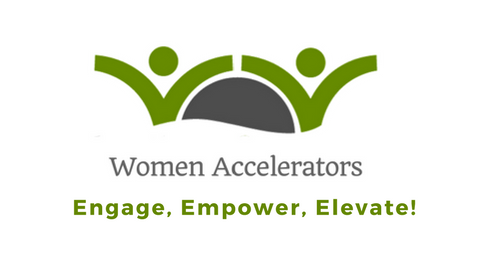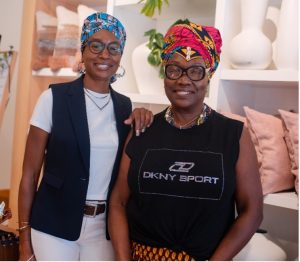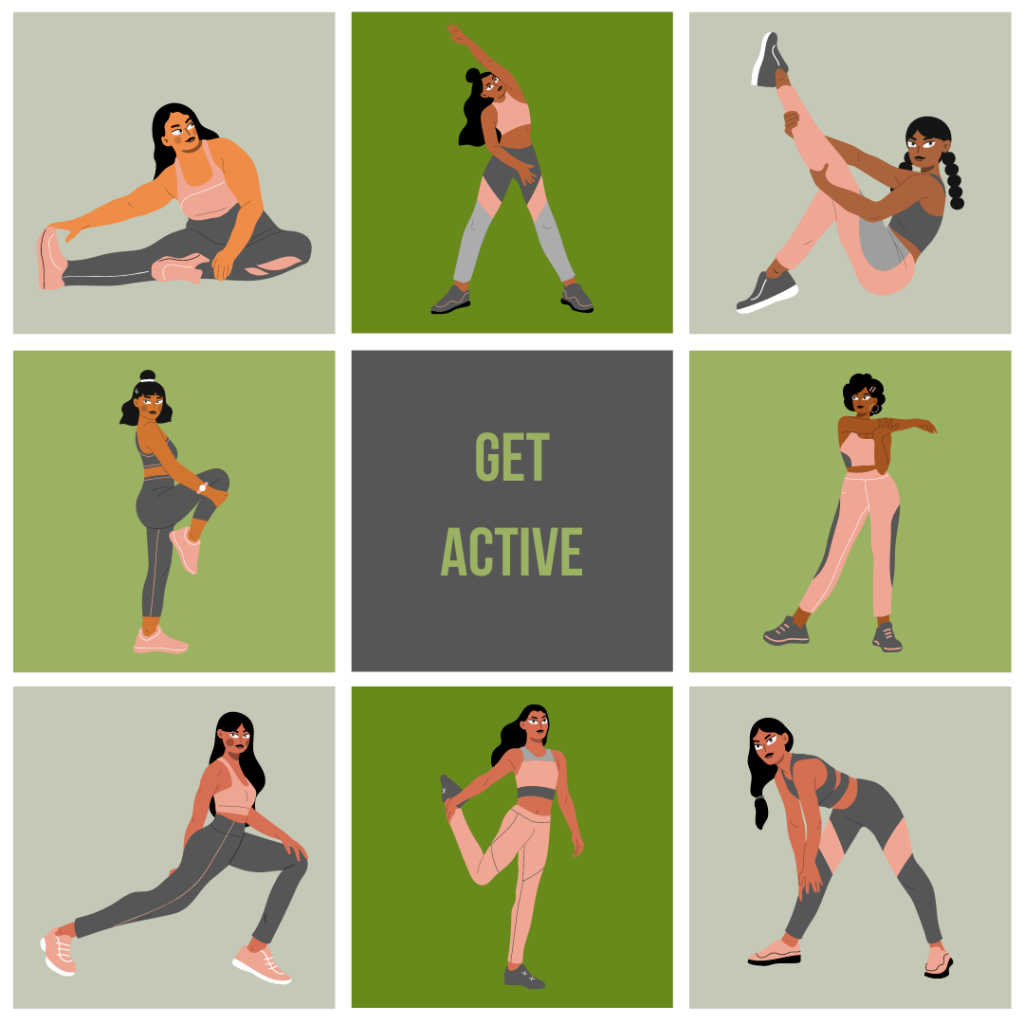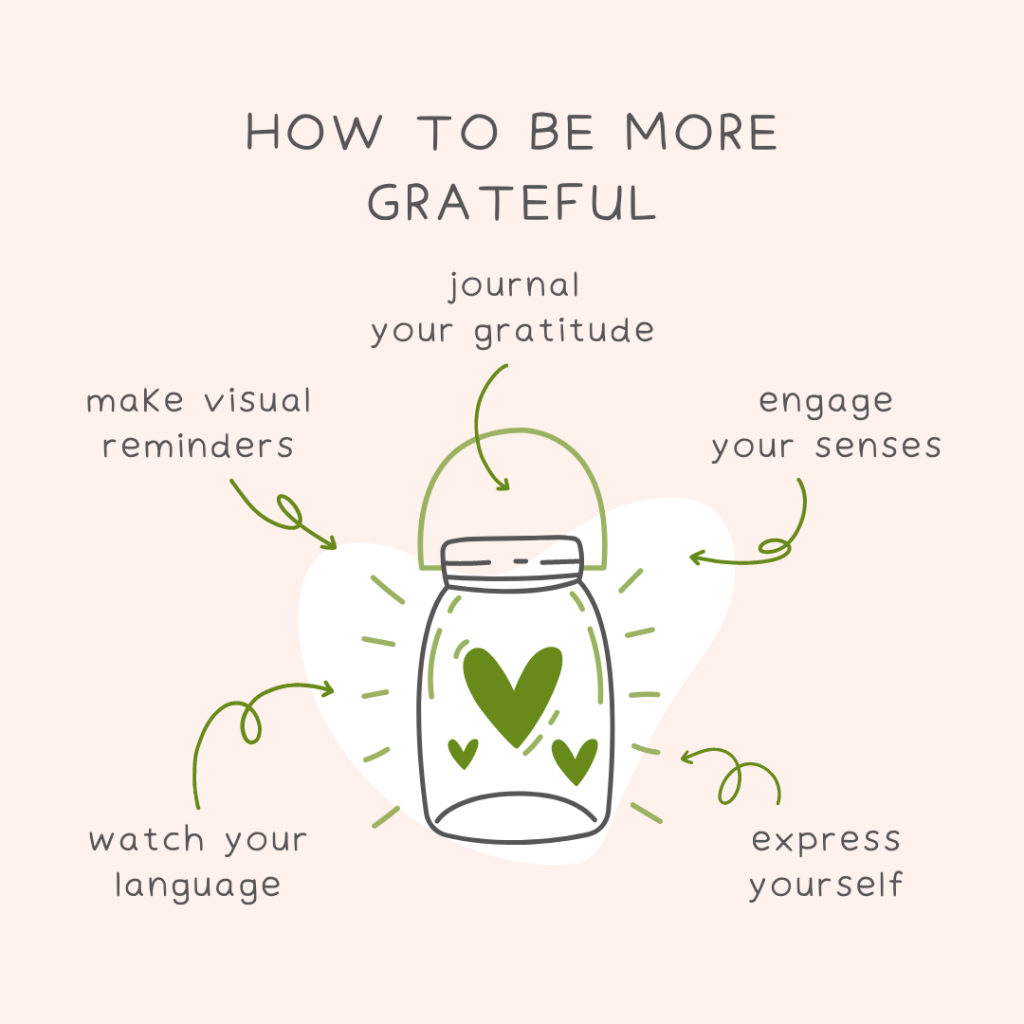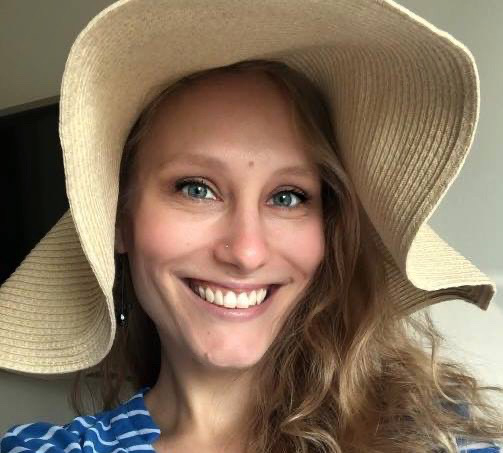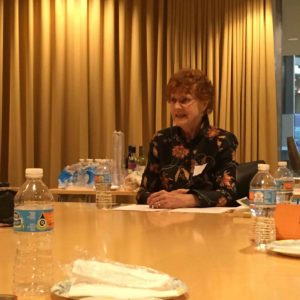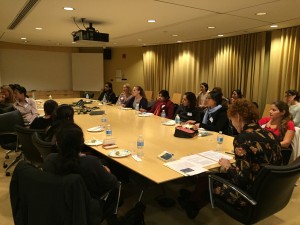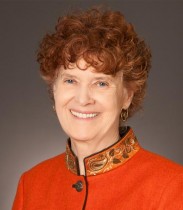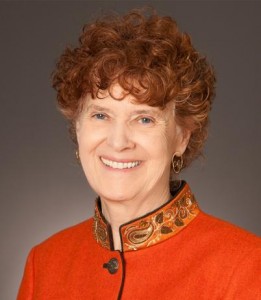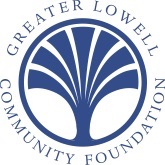
To celebrate Women’s History Month, Women Accelerators is highlighting a few women who inspire us to reach our potential and follow our dreams. Imani from Tafari Wraps and Daniela from Selfie World share their advice and solutions to challenges that come with running your own business. A bonus, these two tenacious women are local from the Boston area.
TAFARI WRAPS
African-Inspired Head Wraps, Accessories & Décor | Tafari Wraps
Instagram: @tafariwraps
Imani from Tafari wraps knew she always wanted to run her own business from the early age of eighteen. She won a fashion competition in Boston, MA, and was awarded a trip to Bermuda with the opportunity to design a competition gown for Miss Bermuda to wear in the Ms. World and Universe Pageant. Now you may wonder, how does one find the inspiration to create something of their own that leads to entering competitions and designing clothing for models? Imani was homeless at the age of fourteen because of her personal journey in acceptance of her Rastafarian faith. She took an unfortunate situation and created something beautiful. She shares, “I had to learn how to make my own clothes because what I envision myself wearing wasn’t available and even if it was, I couldn’t afford them.”
the inspiration to create something of their own that leads to entering competitions and designing clothing for models? Imani was homeless at the age of fourteen because of her personal journey in acceptance of her Rastafarian faith. She took an unfortunate situation and created something beautiful. She shares, “I had to learn how to make my own clothes because what I envision myself wearing wasn’t available and even if it was, I couldn’t afford them.”
Why did you start your company?
Imani shares that she started Tafari Wraps to erase the negative stigma placed upon black cultural attire and home décor. Her goal was to celebrate her African and Caribbean heritage through head wraps, wearable art, and art education. Tafari Wraps was created to inspire change and restore dignity by using African textile which depicts the landscape of Africa and bold colorful silks with the vibrancy of the Caribbean to uplift the spirit.
Imani and her daughter, Delmeshia, currently run Tafari Wraps. Imani also tells her goal is, “To build a family legacy.”
Experiencing racism in corporate America is what fueled Imani to start Tafari Wraps. She shares being chastised by co-workers and clients while working as an on-the-road decorator in a high-end decorating firm in Boston’s Back Bay.
Do you have any motivators?
Imani shares that one of her coworkers made a derogatory statement while she was on the job. This fueled her to move from the corporate world and start the House of Tafari Collection. She also shares with us some of her personal mentors and credits them to, Ms. Joyce Williams, Cynthia Kalian- Kaminsky and as well as a host of others. Her sister Lee and Dotsilee McFarlane, always advertise my work through word of mouth. My daughter Delmeshia Haynes is my partner, friend, mentor, and teacher. Friends and business associates from the Caribbean and African American communities in Boston. Organizations such as Nu Market, local and international media platforms, such as The Boston Globe, Bay State Banner, Exhale Magazine, Boston Magazine, and WGBH.
What is a piece of advice you can give to readers who are thinking about pursuing their own business?
Make sure you start a business with products or services that solve a problem or problems.
Selfie WRLD Boston
Instagram: @_daniela.ma
Daniela Martinez is an influencer/Youtuber who runs Selfie WRLD located in Boston, MA. She was always looking for a new place to take pictures and decided to put her creativity into power by creating Selfie WRLD. Daniela knew she always wanted to run her own business, but she was not sure what that would be. That being said, Selfie WRLD ended up being an added bonus, and she shares her dream business is “yet to come.”
Do you have any motivators?
She shares that she wouldn’t be where she is if it wasn’t for Ashley Wilkerson, the owner of the first-ever Selfie WRLD and the Selfie WRLD brand. Daniela credits her fellow co-workers and teammates, Emiel Barbosa and Jermoe Wilson who she shares “are the rocks that keep us running. They are very knowledgeable in the operations and finances of running a business and taught me everything I know.” Daniela also credits having a solid friend group helped her ideas become a reality.
How did you grow your team?
We hired close family and friends to begin with and then hired more employees to join the family. We established a sense of family and trust from early on. Whether we were related or not, we were all one big family trying to learn how to run this business together. There were a lot of obstacles in the beginning, but that was expected.
As a female business owner, what has been your greatest accomplishment?
The year 2021. She shares she was juggling a full-time job, budding a social media career and was also in the process of buying her first home as she was ALSO starting the development of Selfie WRLD Boston.
How did you preserve through tough times?
My family and friends were always telling me, “it’s only a matter of time before everything is perfect and you’re going to look back to this day and laugh.”
What’s next?
Daniela shares that she wants to focus on her Youtube account, Daniela Eliza. “Youtube has become a huge part of me and I love making videos.”
What is a piece of advice you can give to readers who are thinking about pursuing their own business?
If you have an idea in mind, do it. Don’t think about it because you’re just going to talk yourself out of it. You just do it. Stay consistent, and it’ll eventually pay off. The road to success isn’t linear so you’re going to run into obstacles. You just must keep pushing.
Do you remember your first transaction?
Yes! We were open for reservations before we were officially open, and we received so many sales. It felt amazing seeing so many people booking tickets so soon.
The power of following your dreams and reaching your own potential has no bounds. It is all about making that first step out of your comfort zone.
model: Ashley Gelin, instagram: @ashmarieee_
